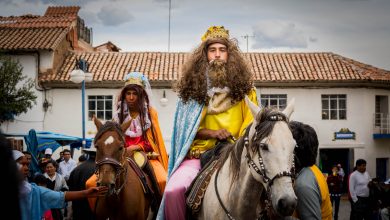Lightning strikes the ground and many times. It likes to run through the thick ichu grass of the pampas, moving like a sparkling snake. On the pampa of Anta fall many strikes that discharge their energy in the rainy months. The next day, hundreds of mushrooms emerge where they fell. These mushrooms are a delicious delicacy on the Cusco tables, such as in K’apchi, the spicy dish with floury potatoes.

However, you must be careful on the days or nights when it storms. Lightning can strike lonely walkers, for it does not accept challenges. In singular cases if it touches someone twice (the first ray kills him and the second one resurrects him) it can convert the person into an altomisayoq, a high ritual practitioner, because it gives him the secrets of life and death.
The rays always fall in places where there are gold and silver, and where there are men who deserve to be punished, according to what the people of Pisac say. When they burst out in August, illuminating the great pot that is the sky, it is a sign that a good time is coming. According to the tradition of the towns in the colonial Peru, lightning was considered the the flaming sword of the Patron Santiago that was sent to strike earth when he was angry.

In Cusco the big lightning, qhaqa or illapa, forms part of the resounding body of Chiki Illa. In Machupicchu the lightning zigzag appears in the lower part of the circular tower that protects the Mama Qaqa. Having made its imprint on the same rock in an ancient time, lightning found that the stonemasons polished the lines, highlighting their curves. Illata surely received offerings that were buried at the foot of the zigzag.
In a white granite tomb, Marino Sánchez discovered inside an urpu (a ceramic pot used as a funeral urn) the skeleton of an infant. This body was of a twin whom is thought to be the son of lightning or thunder, as was customary then.

Lightning is responsible for storing the seeds of food in the lagoon of Otorongoqocha, on the skirts of the snowy Ausangate, Ukhunqati, which is seen from the city of Cusco, in addition this lake is a very deep qochita. This lake is of clear and transparent water. In its depths there is a type of small stones considered the potatoes, corn, quinoa and other foods that lightning carries and hides like seed.




